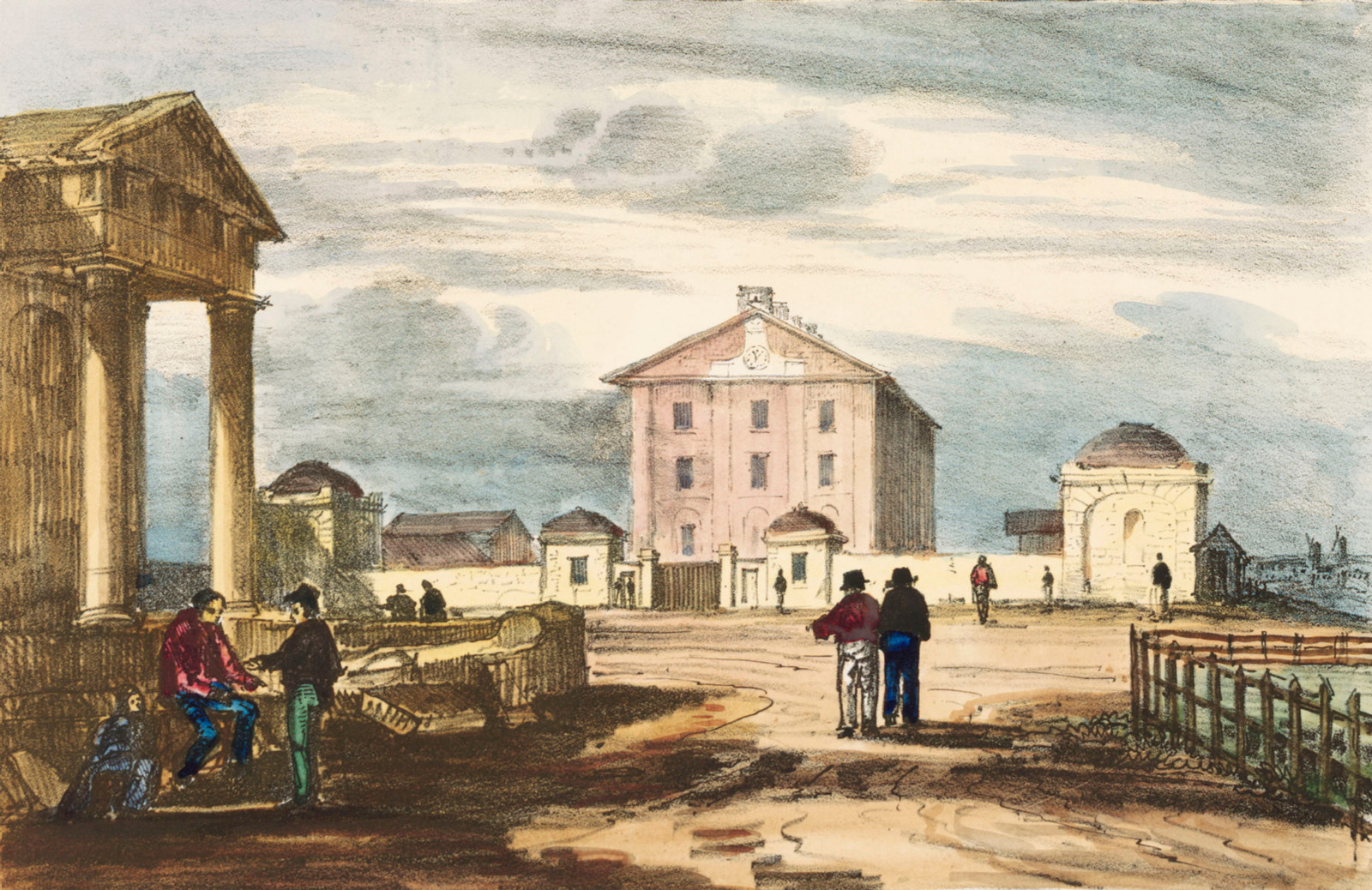Tightening the Grip: Life in the Convict System
Chapter 4
Chapter 4
The Hyde Park Barracks was built to house male convicts who had been to the colony of NSW. About 80,000 convicts were sent to the colony between 1788 and 1842 (see Convicts Guide). After the Barracks opened in 1819, at least 50,000 of the convicts passed through its gates.
The convicts came to NSW from across Britain and its colonies around the world. About 70% were English, 24% Irish, and the remaining 10% were Scottish, Welsh, and from other parts of the British Empire, including South Africa, Jamaica, Canada and Prince of Wales Island (Penang, now part of Malaysia). Some convicts even came from Portugal.
After arriving at Sydney Cove, many convicts were marched up through the Governor’s Domain and mustered in the Barracks yard. Here they were either assigned to private masters or kept at the Barracks to work for the government if they had skills that were needed (such as carpenters and blacksmiths). At the Barracks, convicts slept in hammocks in the and went out each day to work in gangs building roads, courthouses and bridges, or at the government dockyards, brickyards and quarries.
Some of the convicts suffered brutal punishment, held in solitary confinement cells or lashed on the (look for the wooden tripod structure in the virtual tour below)
Look at the source below. This document provides instructions for running the Hyde Park Barracks. Below are examples of some of the instructions, including rules convicts were expected to follow.
Instructions for the guidance of the superintendent and subordinate officers, of the establishment of convicts in Hyde Park Barracks, R Howe, Government Printer, Sydney, 1825, pp5, 13, 16. Mitchell Library, State Library of NSW, 365/N
This document provided instructions for running the Hyde Park Barracks in 1825, including the routines and rules convicts were expected to follow.
Full copy of the Instructions for the Guidance of the Superintendent can be accessed from the State Library NSW website.
How strict do you think life was for convicts at the Barracks?
Explore this gallery via the virtual tour below or click here to open in a new window.
Now look around the Tightening the Grip: Life in the Convict System gallery, using the matterport, paying close attention to the objects on display. These objects, found during an archaeological excavation of the Hyde Park Barracks site (which began in 1975), are the items convicts used daily.
Watch the video below to learn more about the archaeology of the Hyde Park Barracks.
There is great value in examining archaeological evidence alongside documentary evidence to help build a fuller understanding of the past.
Whose perspective is being shared in the Tightening the Grip: Life in the Convict System gallery?
Looking at the objects in the gallery, what sort of items do you see?
What do they tell you about what the convicts did each day?
Now you have looked at the archaeological evidence, has your understanding about convict life changed?

Pick-pockets and pirates, confidence tricksters and conspirators, rebels and rascals – between 1819 and 1848, Hyde Park Barracks had them all

The Hyde Park Barracks is an important historical site. It has been recognised by UNESCO as a World Heritage Site because of its significance to the convict History of Australia








